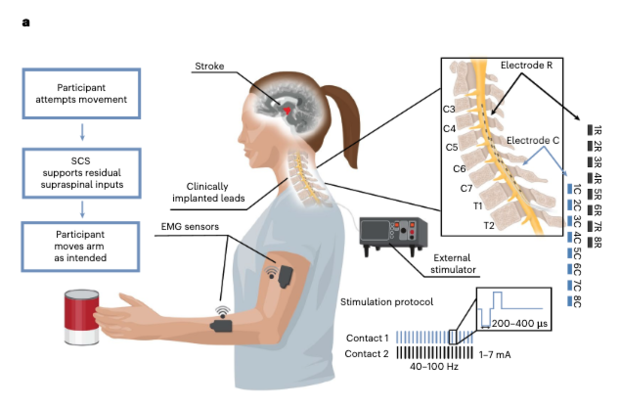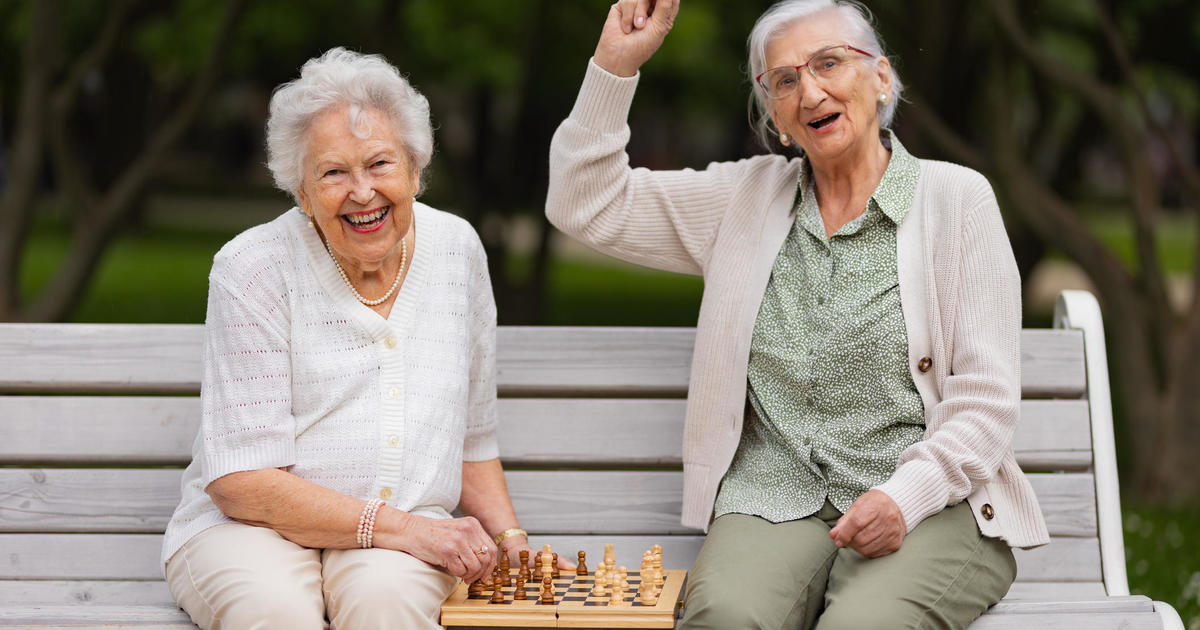Spinal cord stimulation can improve arm and hand motion after a stroke, study finds
A study published in the medical journal Nature on Monday found that targeted electrical pulses delivered to the spinal cord can help improve arm and hand movement after a stroke.
Two patients were able to regain additional motion in their arm and hand through a device implanted at the base of the spine, which delivered pulses in areas responsible for hand and arm function. The patients were able to regain temporarily the ability to grab and move objects, when they had been previously unable to do so, by strengthening signals to the brain that enable movement.
"We're not bypassing their control. We're enhancing their capabilities to move their own arm," Marco Capogrosso, one of the researchers who worked alongside a team at Carnegie Mellon University, told the Associated Press.
"While we cannot conclusively evaluate safety and efficacy from two participants, our data provide promising, albeit preliminary, evidence that spinal cord stimulation could be an assistive, as well as a restorative, approach for upper-limb recovery after stroke," read the study.
The participants were able to maintain lasting improvements to their motor function for four to five weeks after the cord stimulation devices were removed, according to the study.
Data shows that one in four people globally will suffer from a stroke in their lifetime, and nearly three-quarters "will exhibit lasting deficits in motor control of their arm and hand that cause enormous personal and societal impact," according to the study.
With nearly 1.5 billion people experiencing stroke-induced motor impairment, scientific developments that improve arm and hand function could help improve overall quality of life for a significant number of people — but the experiment will need to be replicated with a larger group to see which stroke patients could best benefit from this kind of treatment.
Research also shows that similar studies, where electrodes were implanted at the base of the spine to simulate brain connectivity, also generate positive results in restoring foot and leg movement for people who were left paralyzed by a spinal cord injury.





